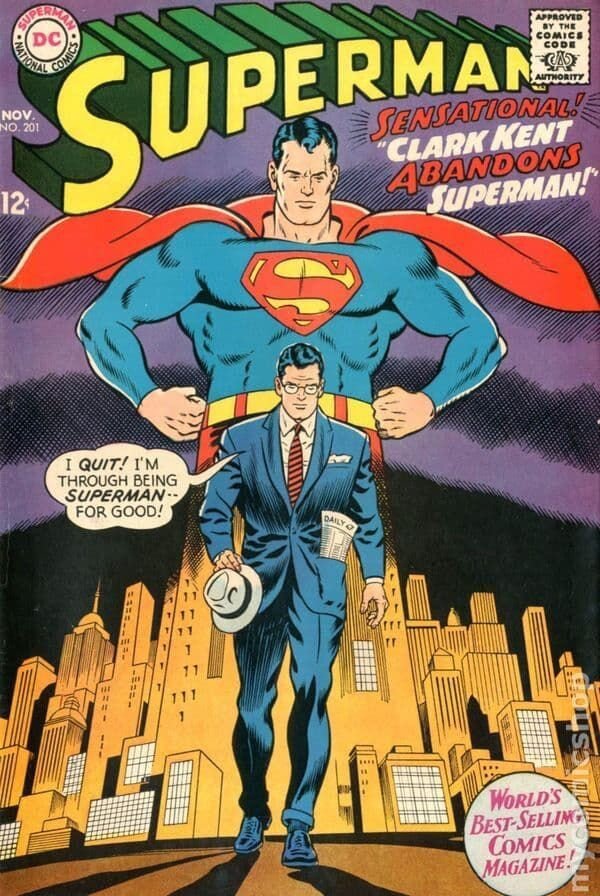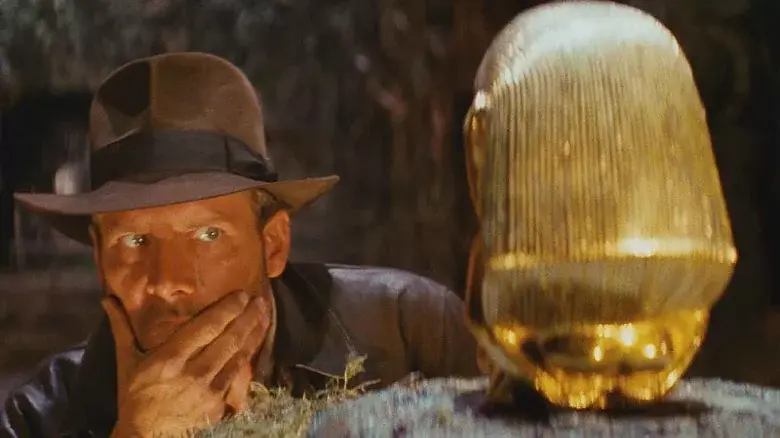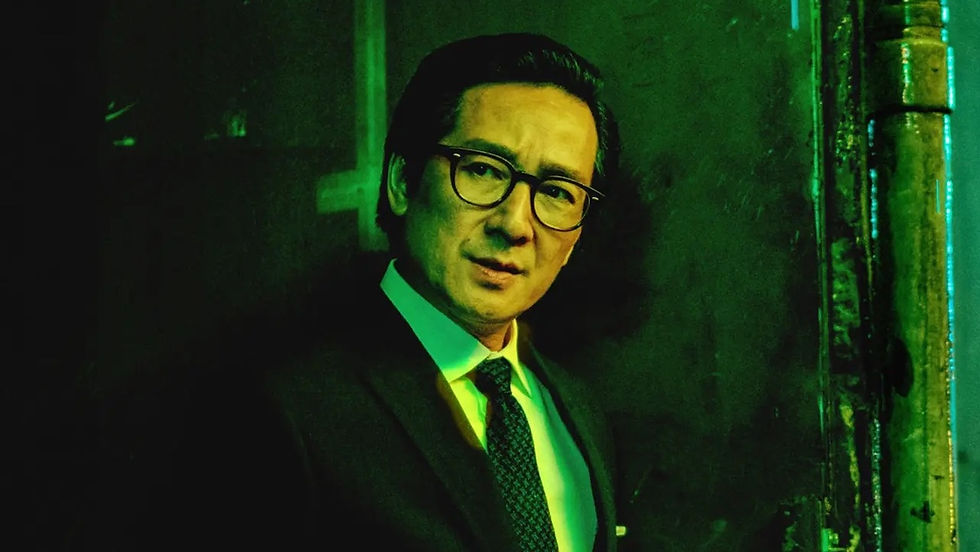
One thing I really appreciate about theater over film is its ability to emphasize character over spectacle. Most plays can't rely on big special effects the way film can, but spectacle doesn't carry a story. Yet, there are many inexperienced writers who try to cover up the lack of character stakes with spectacle. One of the many problems that I see while reading a new screenwriter's script is the absence of engaging characters that need to be expressed visually.
It doesn't matter if you're writing prose, comic books, or a screenplay; all of it should paint a picture, whether that be with your mind, graphite, film stock, or digitally. Character stakes in a story refer to the personal consequences or outcomes a character faces, depending on the choices they make and the actions they take. These stakes are often tied to the character's goals, desires, fears, or values and help to create tension, conflict, and emotional investment for the reader or audience.

Having clear stakes is important for several reasons:
Emotional engagement: Clear stakes help readers or viewers understand what is at risk for the characters, creating empathy and making the audience care about the character's success or failure.
Conflict and tension: Stakes establish what is at risk for the characters, driving the plot and creating conflict between characters, which keeps the story interesting and maintains the reader's interest.
Character development: Stakes reveal a character's motivations, priorities, and values. As characters face challenges and make choices based on their personal stakes, they develop and change, providing a richer and more dynamic narrative.
Plot progression: Stakes often escalate as the story progresses, leading to a more exciting and compelling plot. As the stakes rise, characters confront their fears, make difficult decisions, or take risks, pushing the story towards a climax.
Satisfying resolution: In the end, resolving the stakes allows the character's arc to come full circle and often leads to a more satisfying and complete story.

Clear stakes are critical to a story's success because they create a strong emotional connection between the characters and the audience, drive conflict and tension that propel the plot, contribute to character development, and lead to a satisfying resolution.
Now, I want to go one step further. When writing for actors, you want your story to be Oscar bait. What does that mean? Well, you want to have stakes that your actor can relate to so that they can be creative in their performance. These are some of the things film actors care about regarding character stakes:
Character motivation: Stakes help actors understand the driving forces behind their character's actions and decisions, allowing them to deliver a more authentic and nuanced portrayal.
Emotional connection: Understanding the character stakes allows actors to empathize with their character's experiences, making it easier to express the character's emotions genuinely.
Character development: Exploring the stakes that their characters face helps actors understand the character's growth and arc throughout the story, leading to a more dynamic and evolving performance.
Scene objectives: Knowing the stakes for a character in a specific scene helps actors determine their character's objectives and intentions within that scene, enabling them to make more informed choices about their performance.
Believable relationships: Understanding the stakes for each character can help actors build more believable relationships with other characters in the story, as they can react more authentically to their actions and emotions.
Audience engagement: By effectively conveying character stakes, actors create an emotional connection between the audience and the character, drawing viewers into the narrative.

In summary, clear stakes are crucial in storytelling as they create emotional engagement, drive conflict and tension, contribute to character development, propel the plot, and lead to a satisfying resolution. Film actors care about character stakes because they inform motivations, create emotional connections, contribute to character development, guide scene objectives, build believable relationships, and engage the audience. So, when you're writing your next story, ask yourself: Are these stakes engaging my characters enough? Can they be stronger? Is this Oscar bait that will make actors want to play my characters?
Comments